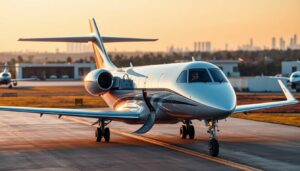DUBAI- The international airline industry reached a significant milestone in 2024 when air travel exceeded pre-COVID-19 levels for the first time. Middle Eastern airlines and airports, especially Qatar Airways (QR), have captured an increasing portion of international business during the recovery period.
The IATA reported full-year traffic climbed 3.8% above 2019 levels, marking the industry’s complete recovery from the pandemic’s devastating impact.
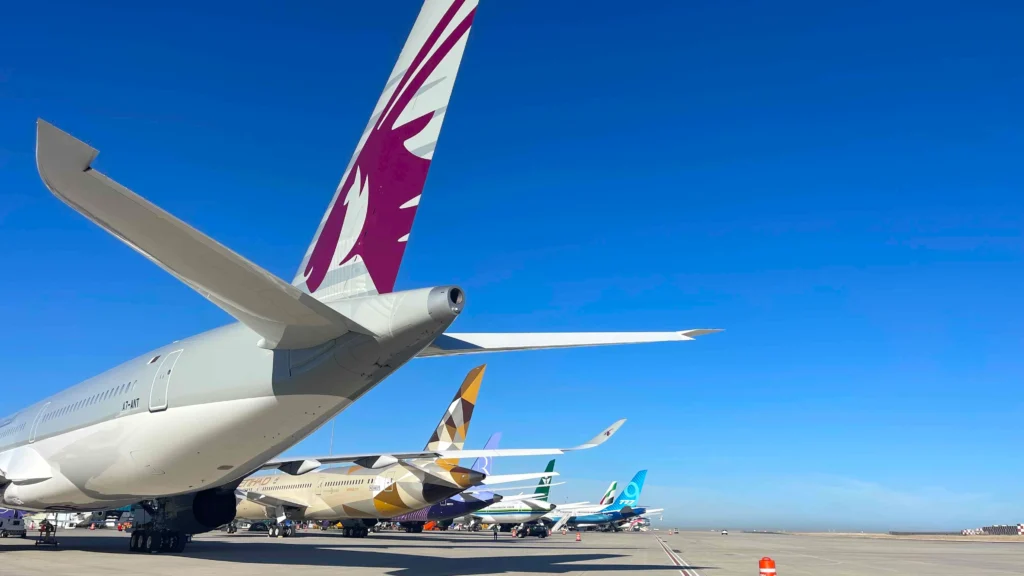

Qatar Airways International Growth
The Middle Eastern region’s strategic advantages include substantial wealth, proximity to three continents, and ambitious airline expansion plans.
European carriers face mounting challenges from higher environmental taxes and restricted airspace over Russia due to the Ukraine conflict. Western Europe’s dense population also limits airport expansion opportunities, creating additional competitive disadvantages.
Qatar Airways (QR) has emerged as a major beneficiary of the industry’s transformation. Chief Executive Badr Mohammed al-Meer revealed in March that the airline was negotiating with manufacturers to increase annual passenger capacity from 50 million to 80 million by decade’s end. The expansion will conclude with a deliberate pause once Hamad International Airport (DOH) in Doha reaches full capacity.
The airline confirmed these ambitions in mid-May with a major Boeing order announcement during President Donald Trump’s Gulf visit. Qatar Airways (QR) committed to purchasing up to 210 Boeing 777X and 787 Dreamliners in a deal valued at $96 billion, representing one of the largest aircraft orders in aviation history.
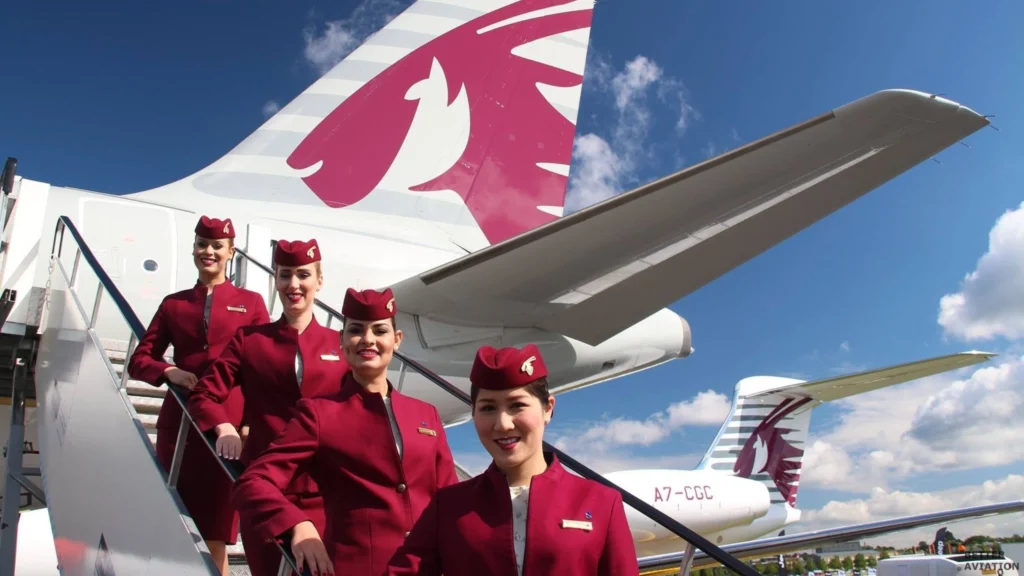

Record Financial Performance
Qatar Airways Group reported its strongest financial results in May, posting annual profits of QR7.85 billion ($2.15 billion) for the 2024-25 fiscal year.
The results represented an increase of more than QR1.7 billion ($500 million) compared with the previous year.
Qatar Airways Cargo contributed significantly to this performance with a 17% revenue increase, highlighting the strength of freight operations.
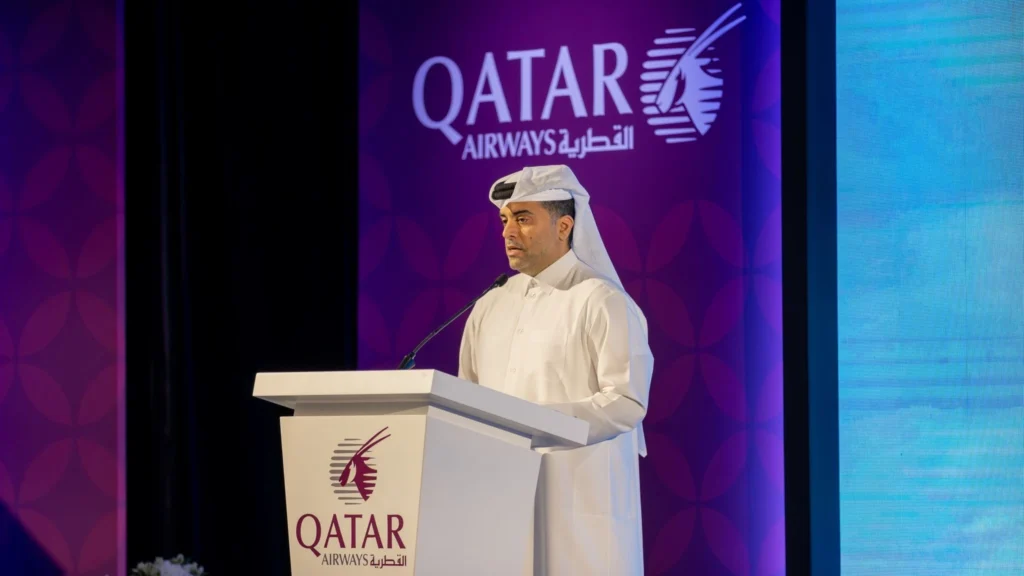

Service Quality
Al-Meer emphasised service quality as a crucial competitive advantage, noting that some carriers had compromised standards during rapid expansion.
Airlines increasingly focus on enhancing passenger connectivity through improved Wi-Fi services, with many exploring Starlink satellite networks to address current limitations of weak and erratic airborne internet connections.
Qatar Airways’ commitment to premium service requires operating the newest aircraft across its network. The airline’s large fleet and aircraft longevity of approximately 20 years create opportunities for establishing a leasing division, potentially offering older aircraft to budget carriers. Doha’s strategic location and high maintenance standards position it favorably for aircraft leasing operations.
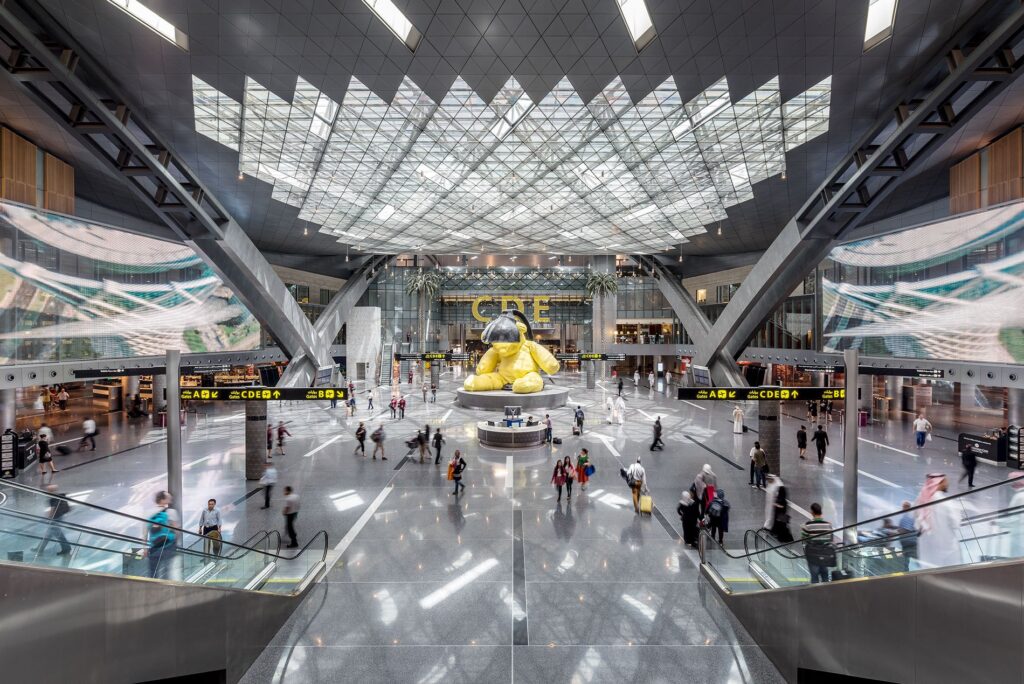

Technology
Aviation authorities are implementing robotics and artificial intelligence to streamline security clearance processes at airports.
Advanced AI systems can identify prohibited items through x-ray imaging, while facial recognition technology identifies individuals on security watch lists, reducing passenger inconvenience during screening procedures.
Sustainability Concerns
The sudden de-prioritisation of sustainability and net-zero emissions as primary business concerns has contributed to air travel’s resurgence, though renewable technology development continues.
While zero-carbon commercial flights remain years away, energy efficiency continues driving aircraft viability decisions. Engine manufacturers have achieved significant fuel efficiency improvements that directly impact operational costs.
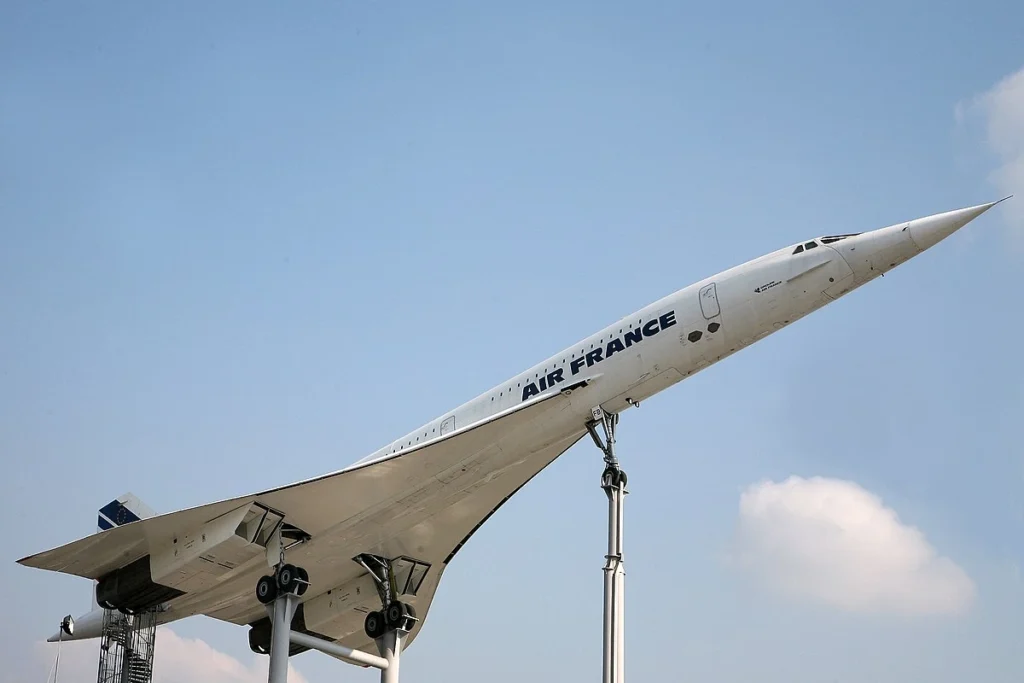

Historical Aircraft Investments
Two innovative aircraft programs demonstrate the industry’s inherent risks. Concorde in the 1970s and the Airbus A380 in the 2000s achieved far lower sales than manufacturers anticipated, partly due to inferior energy efficiency compared with competitors. Concorde faced additional challenges from noise and air pollution concerns.
These investments illustrate the industry’s fundamental challenge: aircraft development requires billions of dollars over several years while market conditions remain unpredictable. Disruptions like the 2008 financial crisis and the 2020-2022 pandemic cannot be anticipated but create seismic impacts on travel demand.
Stay tuned with us. Further, follow us on social media for the latest updates.
Join us on Telegram Group for the Latest Aviation Updates. Subsequently, follow us on Google News



